Description
A rare salt with an astonishing color
Persian blue salt’s first attraction is its naturally bluish hue, derived from the potassium-rich mineral sylvinite. Unlike artificial colorings, this exceptional shade comes from a unique geological formation in the Iranian mountains.
A pure and preserved origin
This salt comes from underground fossil deposits formed millions of years ago. Thanks to this origin, it retains an exceptional purity, untreated and unrefined. It also contains interesting trace elements, perfect for more natural cooking.
To enhance the finish of your dishes
Very lightly salted in the mouth, this salt is used at the end of a preparation. It doesn’t mask flavors, but subtly complements them. Add it directly to grilled meats, roasted vegetables or even dark chocolate desserts. What’s more, its crystalline texture adds a pleasant crunch.
Elegant, practical format
This 70 g glass tube is ideal for elegant presentation in the kitchen or on the table. It protects the salt from humidity and facilitates dosage. Thanks to its compact size, it fits easily into your kitchen or a gourmet gift basket.
Quome frequently asked questions about Persian blue salt:
- What is Persian blue salt used for in cooking?
Blue salt is mainly used as fleur de sel. It enhances dishes at the end of cooking, without masking the original flavors.
- What makes blue salt different from other salts?
This rare salt has a natural bluish color, due to the presence of sylvinite. On the palate, it has a very moderate salinity.
- Where does Persian blue salt come from?
It comes from the mountains of Persia, in northern Iran. This underground deposit was formed several million years ago.
- Is Persian blue salt refined or processed?
No, this salt is entirely raw. It undergoes no chemical treatment, which preserves its richness in trace elements.
Anoteron
Anoteron by KritInvest offers an authentic selection of Greek products: olives, oils, confectionery, aromatic herbs, blends and handmade soaps, inspired by the richness of the Cretan terroir.
Learn more
Northern Aegean Islands: A treasure trove of culture and nature
The North Aegean Islands, located in the northeastern part of the Aegean Sea, form an archipelago rich in history, varied landscapes and authentic traditions. Among these islands, Lesbos, Chios, Samos, Ikaria and Lemnos stand out for their unique charm. Lesbos is famous for its ouzo production and cultural heritage, while Chios is known for its unique mastic plantations.
Learn more
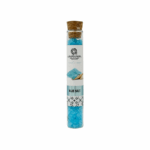








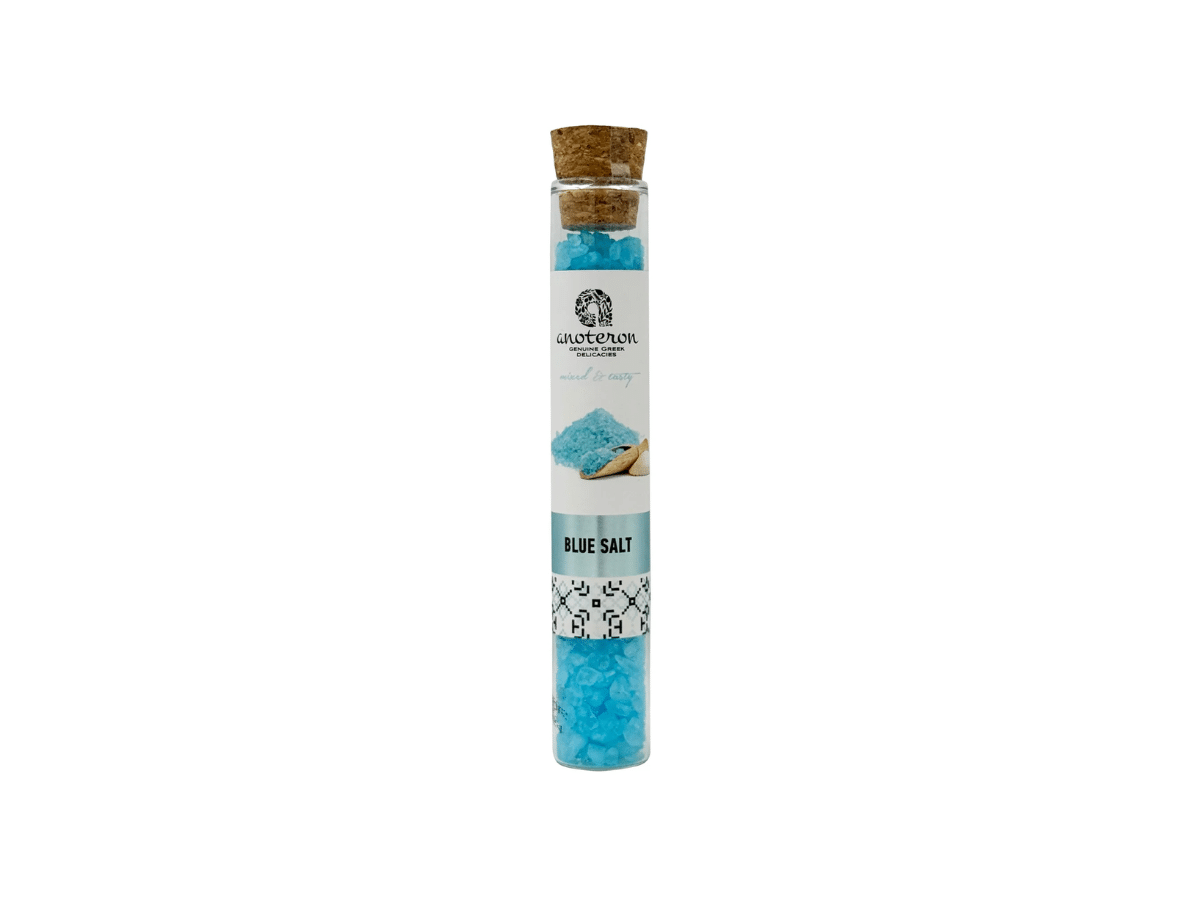


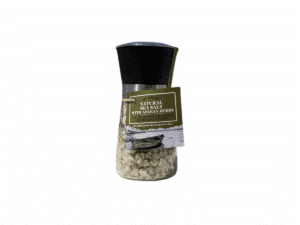

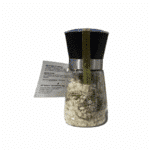
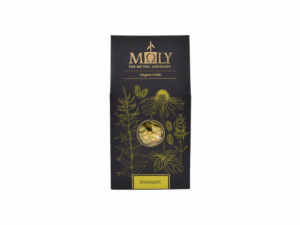
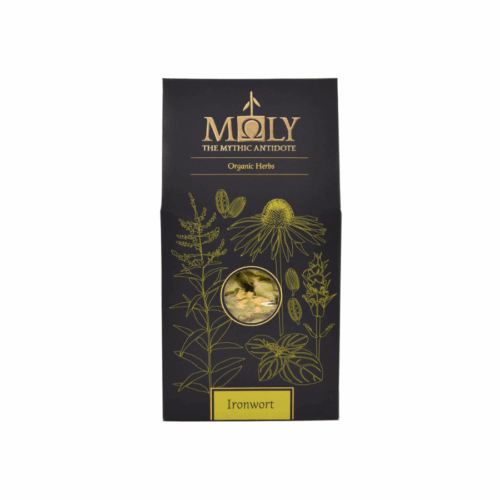
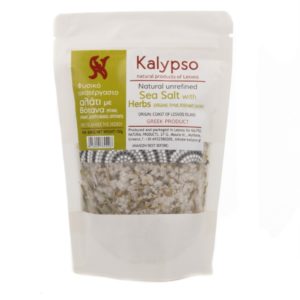
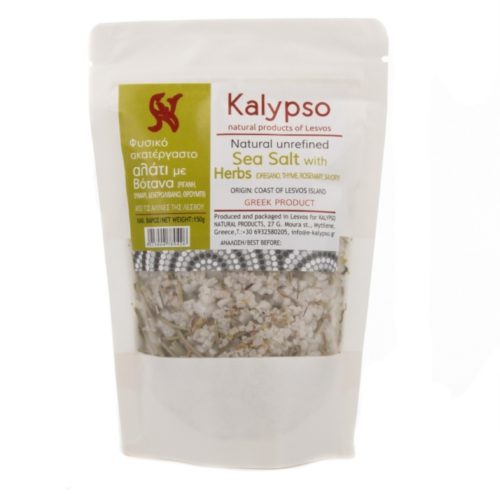

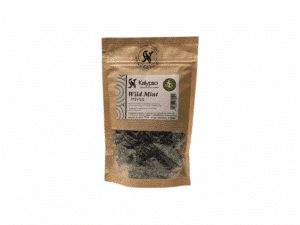
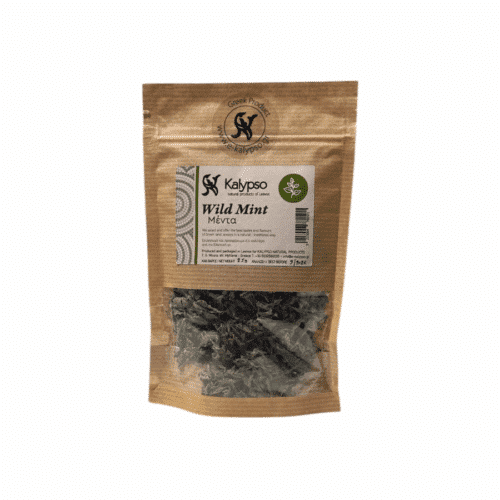

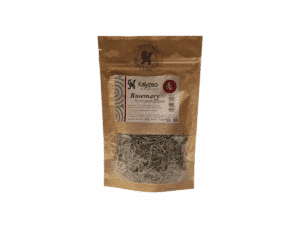


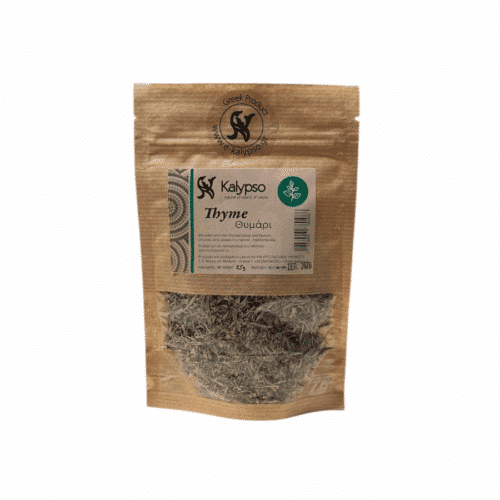







Reviews
There are no reviews yet.